Living in my new home state of South Carolina, I’ve come across some really interesting history. The story of building the Dreher Shoals dam impounding the Saluda River and creating Lake Murray is a real story of trial, error, engineering expertise and perseverance. Built to provide electric power to Columbia and a large section of South Carolina, the lake and it’s watershed is under the control of South Carolina Electric and Gas (SCE&G).
In addition to the interesting and varied flora and fauna, Lake Murray has a very interesting military history. Due to its rather unique layout, it was considered by General Jimmy Doolittle to be the perfect place to practice bombing runs prior to the raid on Tokyo. The target was Lunch Island – a small, 10 acre former hilltop located just south of the mid-line of the lake. Flying out of Owens Field in Columbia, the B-25s would circle North and start their runs from the North West. The United Stated Navy also used to practice torpedo runs on Lunch Island. Eventually, Lunch Island became Bomb Island and that name has stuck.
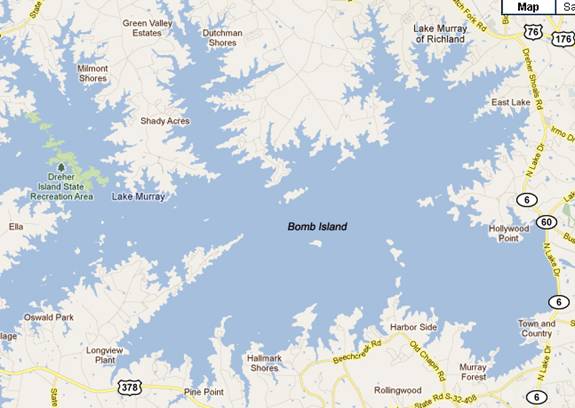
Post WWII and up until the mid-60’s, Bomb Island was partially used for recreational purposes – picnics and such. SCE&G would burn off the island occasionally to keep the brush down. It was around this time that Mother Nature decided that she would take control of Bomb Island during the summer and give it over to a bird called the Purple Martin.
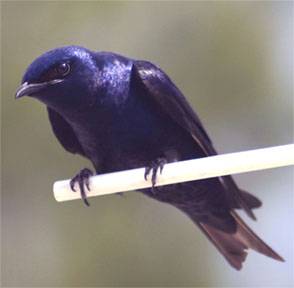 The Purple Martin is a member of the swallow family and is the largest of the North American Swallows. It is primarily an insect eater and has the ability to maneuver like a fighter plane when munching down on mosquito’s, dragonflies, moths and other morsels it finds edible. Their migration pattern starts in early July to fly overland down through Mexico and into Brazil. They are related to the Swallows of Capistrano.
The Purple Martin is a member of the swallow family and is the largest of the North American Swallows. It is primarily an insect eater and has the ability to maneuver like a fighter plane when munching down on mosquito’s, dragonflies, moths and other morsels it finds edible. Their migration pattern starts in early July to fly overland down through Mexico and into Brazil. They are related to the Swallows of Capistrano.
What is also unique about the Purple Martin at least in the Eastern US is that they seem to have made Bomb Island their summer home. Nobody has a solid reason for why this bird likes Bomb Island –speculation ranges from no predation to a certain kind of bush that they seem to favor for roosting. From late June through early September, the Purple Martins return to Bomb Island in the evening like clockwork right at sunset leaving in the early morning the next day.
I witnessed this entirely by accident on Monday evening. I was out on the lake planning on taking some sunset pictures over Spencer and Bomb Island. I grabbed some images of Spencer Island and zipped out to Bomb Island. When I got there, the viewing fleet was starting to arrive and I remembered the Purple Martins massing at sunset. To tell the truth, I was not quite ready for what I witnessed.
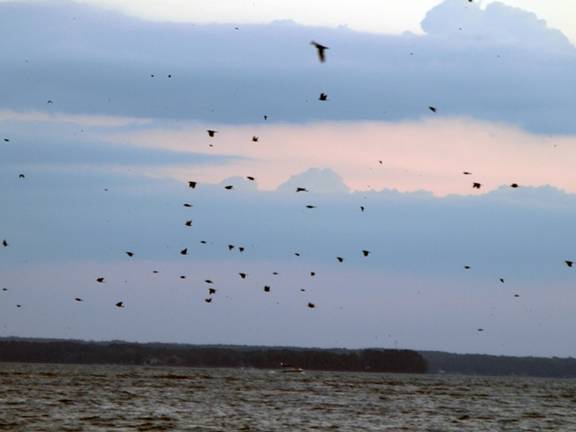
It starts about ten minutes before sunset – you see one or two swallows swooping along the water, zipping up in the air and back down again. Eventually, one or two become ten or twenty, then a couple of hundred.
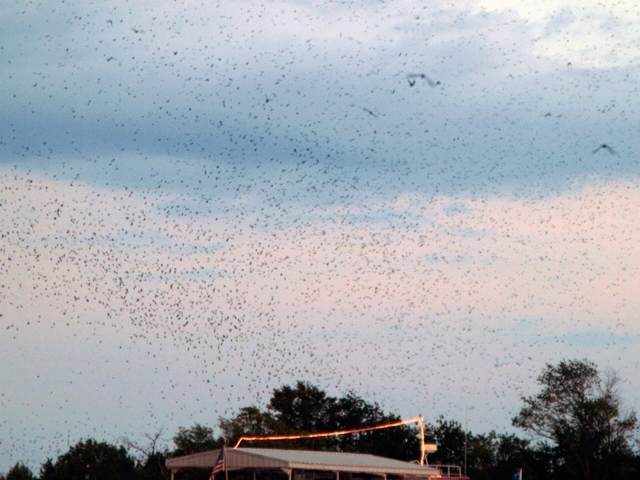
Eventually, they mass above the island in a cloud of birds – it is simply an amazing sight as they form these huge vortexes of swirling birds. They swoop down onto the island and they back up again doing this a couple of times before it gets dark and they settle down on the island with a few stragglers coming in behind the main group. This image is about 1/8th of the island and the birds above it. I apologize for the lousy image but I was using a long lens wide open at 1600 ISO to get the shot. I’ll try and get a better one next time I go out there in the evening.
It is estimated that there are anywhere from 750,000 to 1,000,000 birds on the island over night at the peak of the season. There are so many birds that they have shown up on radar images from Columbia International Airport. Radar image credit - Clemson University Meteorology Department.
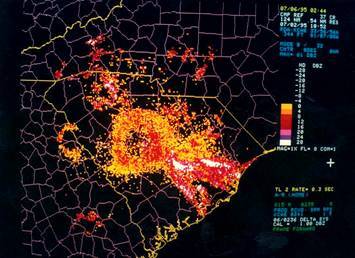
It’s an amazing show Mother Nature puts on over Bomb Island and it’s a lot of fun to watch not only the birds, but the fleet that shows up to watch the show. This whole spectacle has spawned a mini industry in taking people out to the island to watch the Purple Martins.
Oh, just to put paid to the evening, I got this image – it was quite an evening.
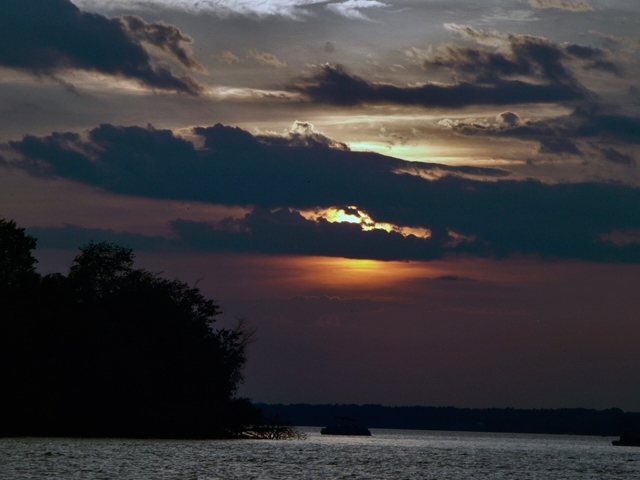
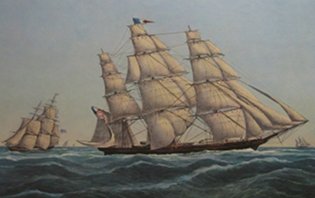


 The Purple Martin is a member of the swallow family and is the largest of the North American Swallows. It is primarily an insect eater and has the ability to maneuver like a fighter plane when munching down on mosquito’s, dragonflies, moths and other morsels it finds edible. Their migration pattern starts in early July to fly overland down through
The Purple Martin is a member of the swallow family and is the largest of the North American Swallows. It is primarily an insect eater and has the ability to maneuver like a fighter plane when munching down on mosquito’s, dragonflies, moths and other morsels it finds edible. Their migration pattern starts in early July to fly overland down through 


